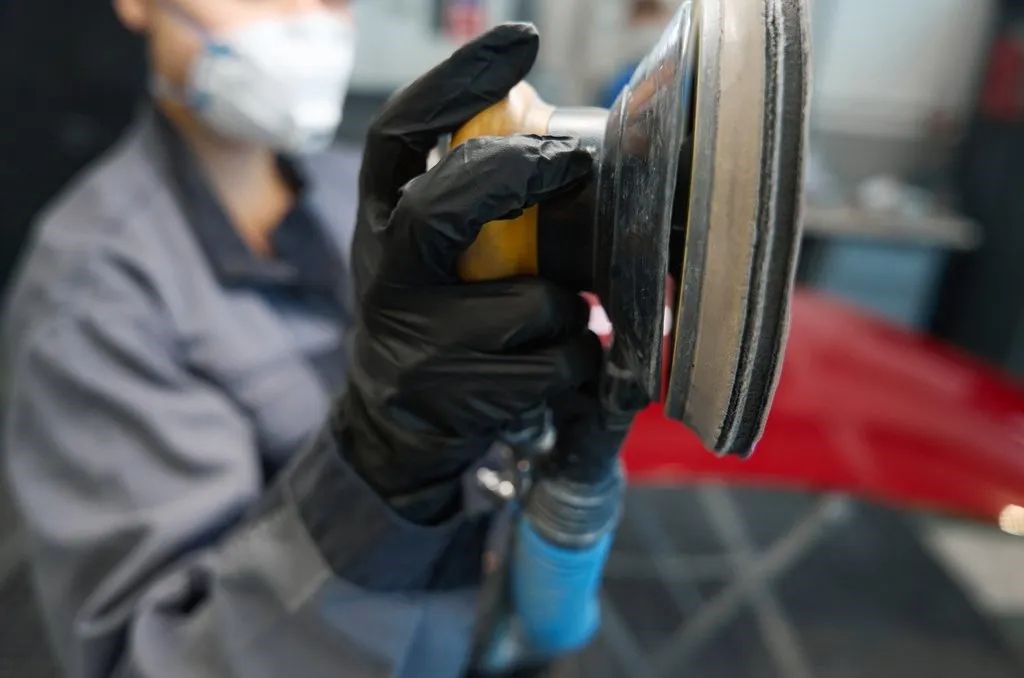What is polishing?
Published date: 12 January 2024

Metal polishing is a finishing operation that elevates the appearance and functionality of metal surfaces, giving them a gleaming, smooth finish. Whether you’re dealing with household items, automotive parts, or industrial machinery, polishing plays a crucial role in enhancing aesthetics, corrosion resistance, and overall longevity. In this blog post, we’ll delve into the basics of metal polishing, exploring its fundamentals, the array of equipment involved, and the step-by-step procedure that brings out the best in metal surfaces.
Understanding polishing
At its core, polishing is a mechanical process designed to remove imperfections from metal surfaces, ranging from scratches and oxidation to dullness. This technique involves the use of abrasive materials to gradually refine the surface, resulting in a smoother, more lustrous finish. Polishing not only enhances the visual appeal of metal objects but also contributes to their durability by eliminating oxidation and preventing further corrosion.
Metal Polishing Equipment
Before delving into the intricacies of the metal polishing process, let’s acquaint ourselves with the equipment commonly employed in this craft.
- Polishing wheels and buffs: These are essential tools in the metal polisher’s kit, available in various materials such as cotton, felt, or sisal. These wheels, coupled with abrasive compounds, aid in smoothing out the metal surface.
- Abrasive compounds: A variety of abrasive compounds are used during the polishing process. These compounds, when applied to the metal surface, aid in removing imperfections and achieving the desired level of smoothness.
- Polishing machines: These can range from handheld rotary tools for smaller projects to large industrial machines for extensive polishing tasks. Polishing machines come with adjustable speed settings, allowing for precision and control over the polishing process.
- Safety gear: Given the abrasive nature of the materials involved, safety gear is paramount. Protective eyewear, gloves, and respiratory masks ensure the well-being of the metal polisher during the process.
The Metal Polishing Process
Now that we’re familiar with the tools at our disposal, let’s walk through the systematic process of metal polishing.
- Surface preparation: Begin by thoroughly cleaning the metal surface to remove any dirt, grease, or contaminants. Severely scratched surfaces may require sanding. This step sets the stage for a more effective polishing process.
- Selection of abrasive compound: Depending on the condition of the metal surface, choose an abrasive compound with the appropriate grit. Coarser compounds are effective for removing deep scratches, while finer ones are ideal for achieving a polished finish.
- Application of abrasive compound: Apply the selected abrasive compound to the polishing wheel or directly onto the metal surface. Work in small sections, to ensure uniformity and control.
- Polishing: Using the polishing machine, move it steadily across the metal surface, applying gentle pressure. Ensure that the abrasive compound is evenly distributed for consistent results. Continue polishing until all scratches are removed and you achieve the desired finish.
- Buffing: Once the desired level of smoothness is achieved, apply the finest applicable compound and transition to a clean buffing wheel. This step adds the final lustre to the metal surface, bringing out its natural shine.
- Washing and drying: After polishing, wash the surface with warm soapy water to remove any residue. Dry the polished area with a soft cloth. Apply a protective coating, if the material requires it.
At Conro Electronics, we’ll show you how to improve product reliability while increasing performance and lowering costs. Our team of technical support specialists will provide your company with dependable global supply, unrivalled efficiency, and superior technical support.
Feel free to contact us on 0208 953 1211 or send us an email to info@conro.com




Comments
There are currently no comments, be the first to comment.